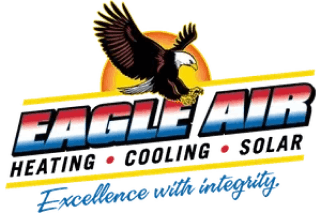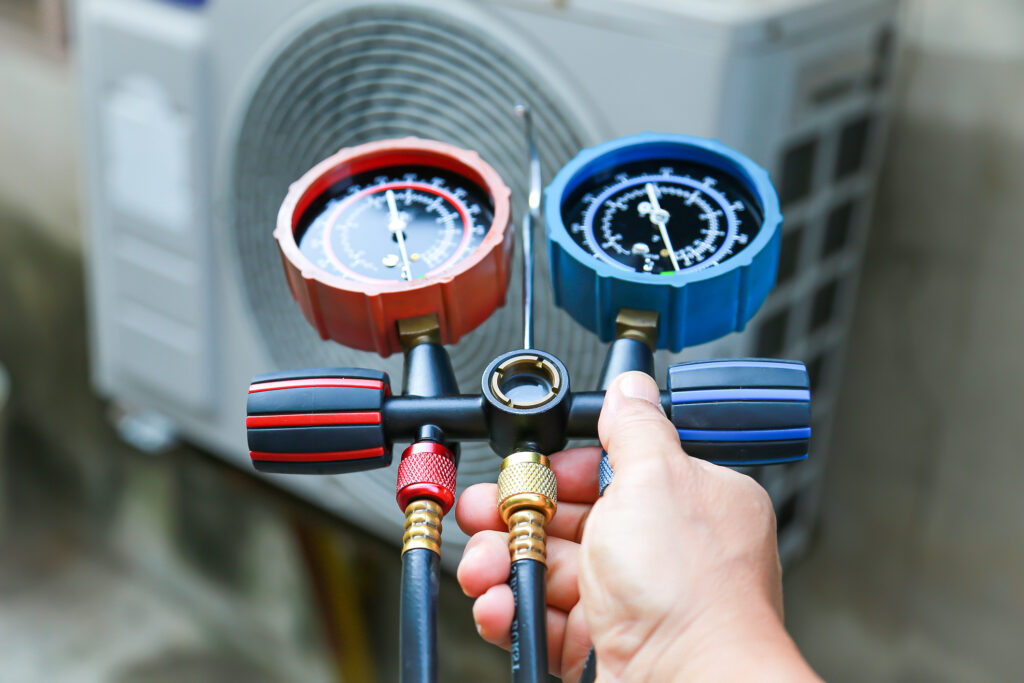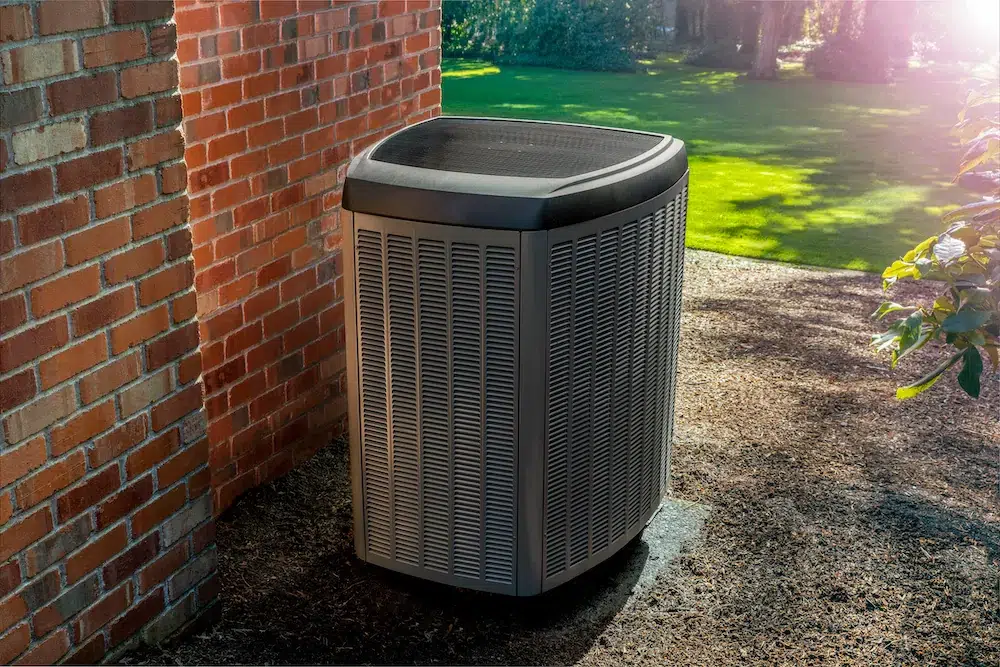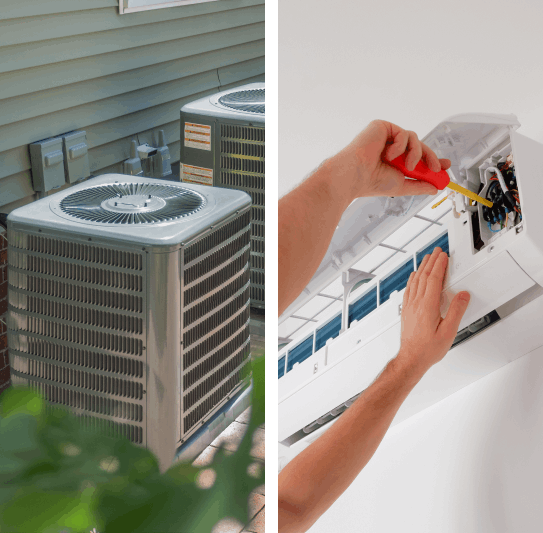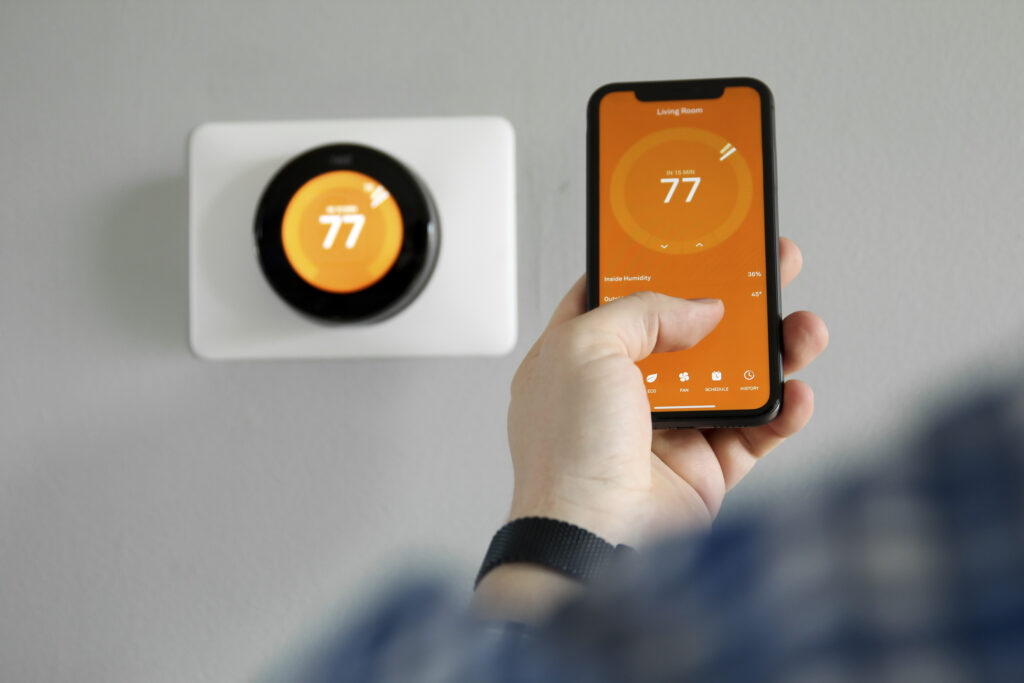
Your thermostat is responsible for controlling your HVAC system, as they determine how often your heating and cooling equipment runs. This means that the type of thermostat you have can directly impact the amount of energy your system uses. This leaves many homeowners wondering if it is worth it to upgrade to a smart thermostat instead of a standard one.
In this blog, our experts at Eagle Air Conditioning break down how traditional and smart thermostats work, compare their energy-saving potential, and help you decide when it’s time for a thermostat replacement or upgrade.
How Traditional Thermostats Work
Manual Operation & Basic Settings
Standard thermostats without smart capabilities rely on manual operation. You set your desired temperature, and the system runs until that level is reached. These models offer basic control and are generally easy to use, but they lack automation. Each time you want to adjust the temperature, whether you’re leaving home, going to bed, or returning from work, it must be done by hand. For busy households, this often means the heating or air conditioning system runs more than necessary, especially if no one remembers to adjust it throughout the day.
Energy Efficiency Limitations
The biggest drawback of traditional thermostats is their limited ability to manage energy efficiently. Because they rely entirely on manual settings, it’s easy to waste energy by heating or cooling an empty home. Irregular temperature adjustments and inconsistent schedules can lead to unnecessary HVAC runtime, increasing your utility bills and wearing down your equipment faster.
What Makes Smart Thermostats Different
Programmable & Learning Features
With smart thermostats, you can program schedules for your HVAC system to optimize comfort and energy efficiency. Many smart thermostat models also offer intelligent learning capabilities that adapt to your daily habits. Over time, a smart thermostat “learns” when you’re home or away and adjusts the temperature automatically to save energy without sacrificing comfort.
Remote Access & Integration
One of the most convenient features of smart thermostats is remote access. Through Wi-Fi connectivity, you can monitor and control your home’s temperature from anywhere using a smartphone app. If you’ve already left town and forgot to change your temperature settings, there’s no need to worry! Smart thermostats allow you to change temperature settings while on the go.
Smart thermostats also integrate seamlessly with modern HVAC systems and smart home platforms, allowing precise temperature management and even voice control.
Energy Savings & Cost Benefits
How Smart Thermostats Cut Energy Use
With their advanced features, smart thermostats can help you reduce energy use and cut down on energy costs. They minimize HVAC runtime by learning your patterns and adjusting accordingly. For instance, if you regularly leave for work at 8 a.m., your thermostat can automatically reduce heating or cooling during those hours, then restore your preferred temperature before you return.
Long-Term Return on Investment
While smart thermostats often cost more upfront, they typically pay for themselves through long-term energy savings. According to the U.S. Department of Energy, homeowners can save up to 10% annually on heating and cooling by using a programmable thermostat correctly, and smart models take that even further with real-time adjustments and energy reports.
Additionally, less frequent system cycling reduces wear and tear on your HVAC equipment, helping it last longer and perform more efficiently year-round.
When To Consider a Thermostat Replacement or Upgrade
If your home experiences inconsistent temperatures, your current thermostat has outdated controls, or your HVAC system isn’t maintaining comfort efficiently, it may be time for an upgrade. Older thermostats may also struggle to work with modern HVAC technology, limiting performance and energy savings.
Professional Thermostat Installation
Installing a thermostat may seem like a simple job on the surface, but it’s one that is best left to the professionals. Your smart thermostat needs to be seamlessly integrated with your HVAC system, which requires precise wiring and calibration. Improper connection can cause your HVAC system to run too often or not enough and damage parts. Hiring a professional to install your thermostat ensures this job is done correctly.
Upgrade Your Thermostat for Better Efficiency
If you are interested in making the switch to a smart thermostat, Eagle Air Conditioning has you covered. Our team serves homeowners throughout the Central Valley and Tri-Valley areas, bringing top-quality HVAC solutions that enhance your comfort and your home’s energy efficiency.
Contact us today to learn more about your smart thermostat upgrade options in Livermore or the surrounding areas.

